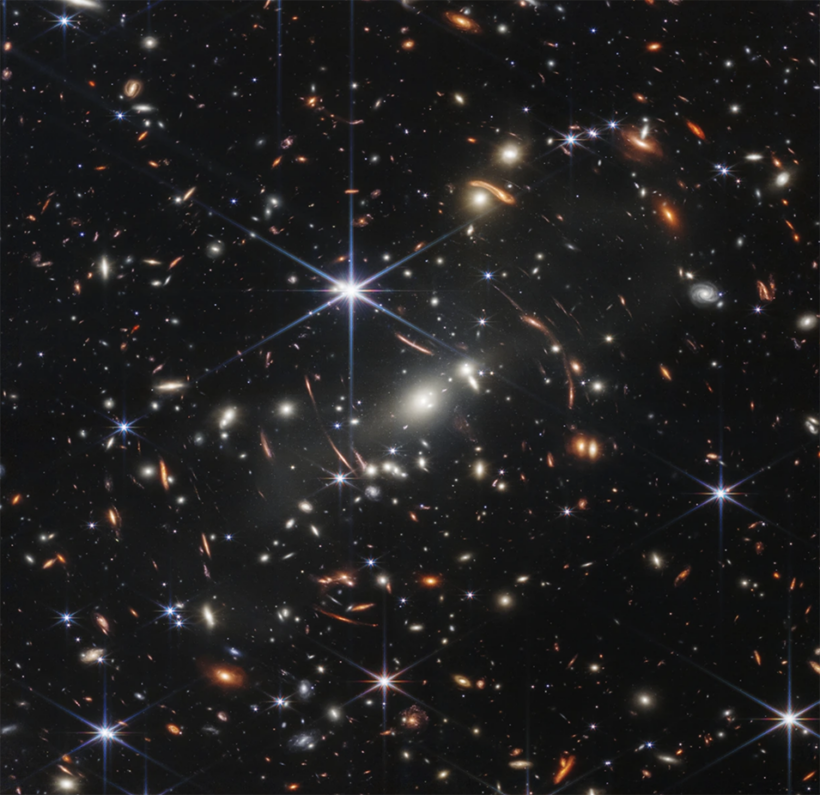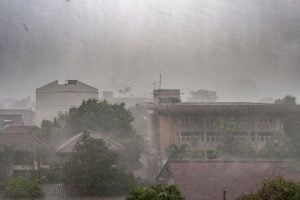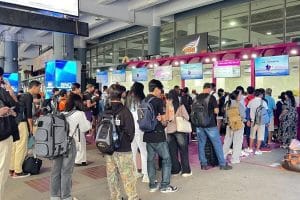New universe selfie, astonishing first photo from the James Webb space telescope

The very first image from the new James Webb Telescope has made its public debut today.
Imagine holding a single grain of sand at your arm’s length. This amazing photo contains everything inside the piece of space covered by that tiny grain of sand.
In this astonishing premiere for the new space telescope, the photo reveals, in sharp detail, over 1,000 galaxies – each galaxy containing approximately 100 billion stars (that’s 1,000,000,000 stars like our Sun, or larger).
Some of the galaxies in the photo are so large that their massive gravitation is “bending” the light from the galaxies behind them, called gravitational lensing.
The image is said to be the deepest, most detailed infrared view of the Universe to date, containing the light from galaxies that have taken many billions of years to reach the telescope’s lens. The detail in the photo is more than 100 times better than previous space photos taken by the Hubble Telescope which was originally launched in 1990.
Despite this amazing technology, on view for the very first time today, with more images being released in the next few days, we remain, as humans, the only known sentient lifeforms in the entire universe. Even all the other life on Earth is, as of what we know today, unique.
How many grains of sand, held at arm’s length, would you need to cover your view of the night’s sky… multiplied by 1000 galaxies, etc, etc… you get the idea.
The US$10 billion James Webb Space Telescope was launched on 25 December last year and recognised as the next generation ‘upgrade’ space telescope taking over from the famous Hubble Space Telescope. The new telescope is located about 1.4 million kilometres from Earth
One of the new space telescopes’ goals is to peer back in time, up to 13.5 billion years ago, to the formation of the very first galaxies and the early era of the universe. The other goal is to look at much closer planets in nearby solar systems, to try and detect signs of life or if they might be habitable.
“It’s an emotional moment when you see nature suddenly releasing some of its secrets,” according to Thomas Zurbuchen, associate administrator for NASA’s Science Mission Directorate.
“It’s not an image. It’s a new worldview. You’re going to see nature giving up secrets that have been there for many, many decades, centuries, millennia.”
Latest Thailand News
Follow The Thaiger on Google News:


























